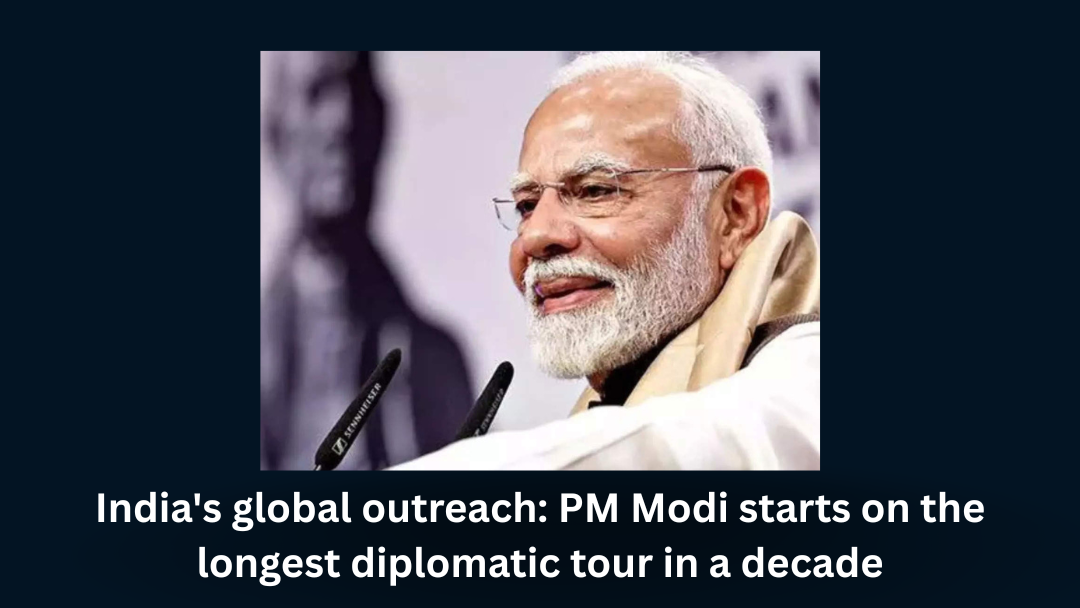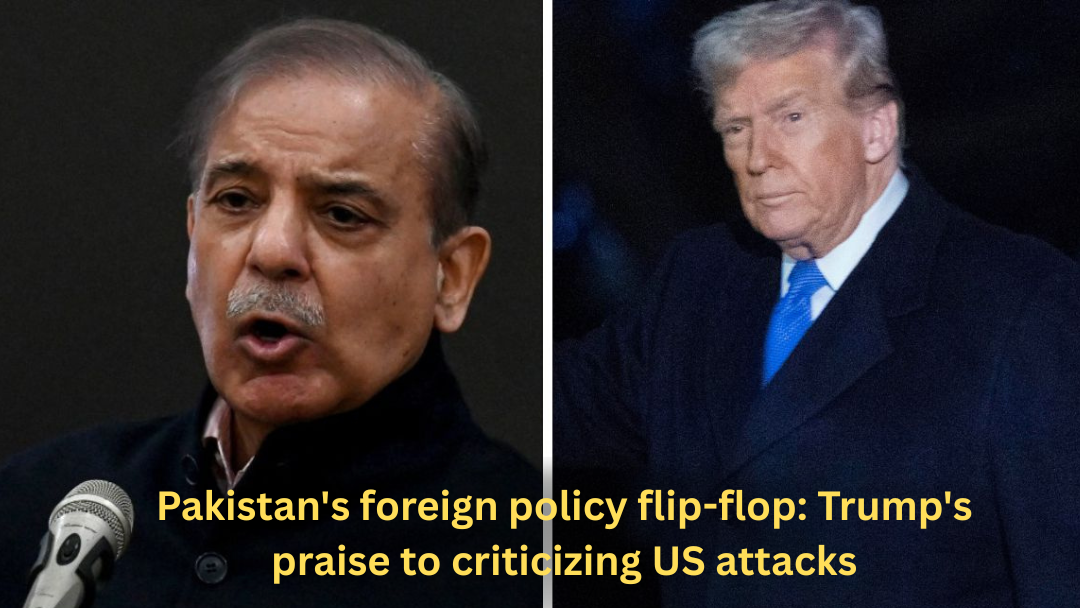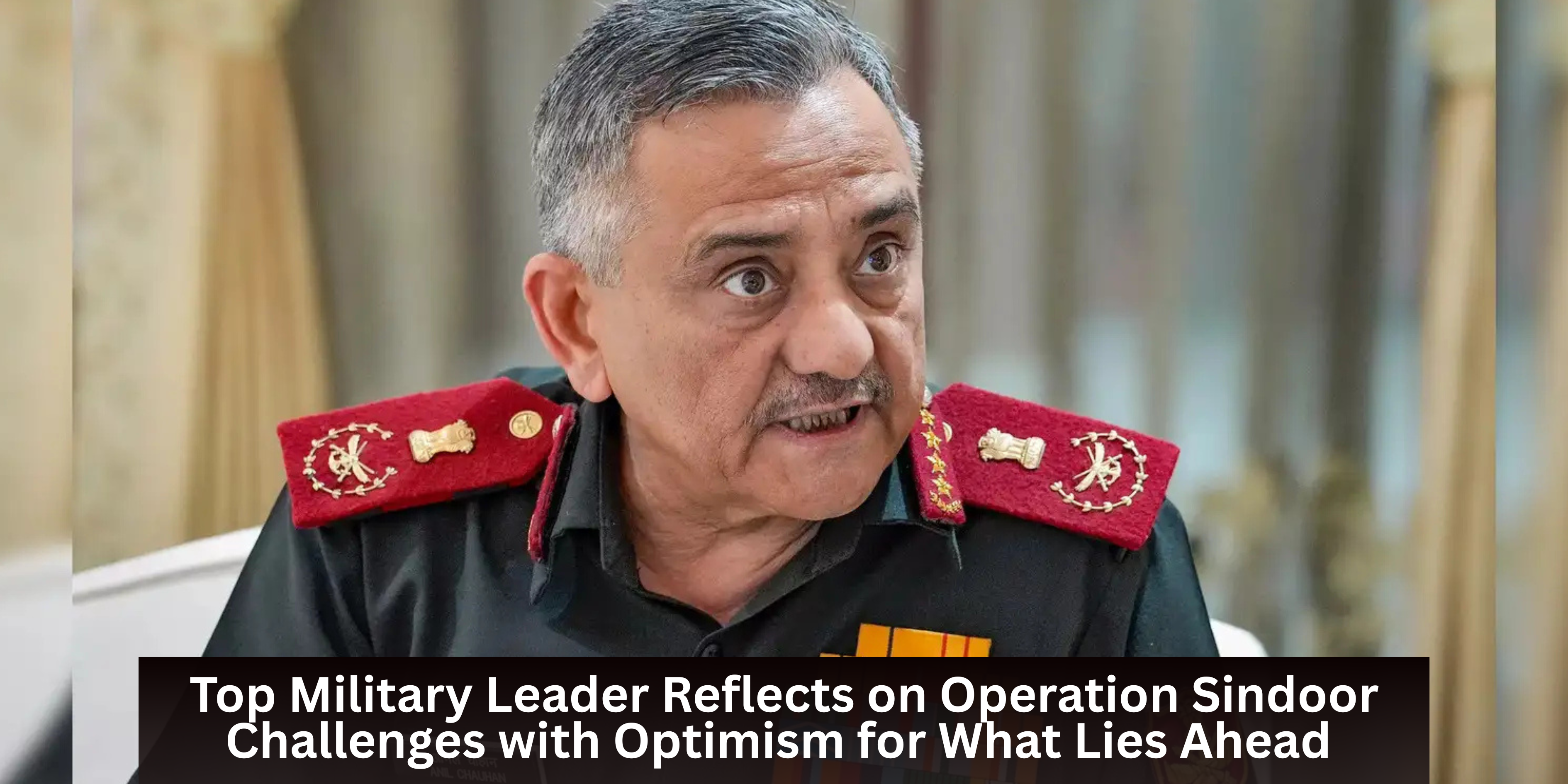Pakistan’s new national budget has caused a lot of talk at home and abroad. The state has said it will boost its defense money by 20%, while cutting costs in important areas like schools, health, and buildings. This step brings up big questions about Pakistan’s future money plans and if choosing military funds over social growth is okay in today’s money matters.
Money Split: More for Defense, Less for Growth.
The state has set aside more than Rs. 2.12 trillion for defense, a big rise from last year. People in charge say this bump is caused by growing local issues, fight against terror, and needs for safety at home. But ͏while the army’s part has gone up, money for building projects and help for people has received a real blow.
Funding levels for education and health, 2 sectors that show where Pakistan is below world averages, have not increased to any significant level. Public Sector Development Program (PSDP) funding for investments in infrastructure and social uplift program will also be significantly materially reduced. Subsidy funding have also cut back and additionally, the dedicated poverty alleviation budget and job funding programs will not only be reduced but potentially reduced in focus also.
Country In Economic Stress
These developments follow a recent period of much economic stress. GDP growth is at a serious declining trend, inflation is likely to reach an excess of 25% to 30% performance, the Pakistani rupee continues to remain weak relative to the dollar, foreign exchange reserves continue to diminish, and external debt continues to increase…and, in fact, no country puts as much pressure on the State as those countries represented by the international creditors instruments (especially with the previously mentioned IMF) to demonstrate fiscal reform in its most exigent form.
More terribly, this has been a re-prioritization of even more government spending on defence, at the expense of both the roadmap and the rights associated with the State; few, if any, channels to positive economic and social outcomes.
The Switching costs of Development
As human development funding continues to be displaced by defence funding, it is argued that it will take on substantial costs for economic and social development. The argument is that if social, human, technology, knowledge, innovation, or infrastructure finance (funding) are major building blocks of positive development over the long run, these funding increases should reflect another funding increase to human development.
the US. In 1967, General Muhammad Zia-ul-Haq’s government devoted a historic 70 percent of its resources on defense, allowing critical public services such as educators and health professionals to flee. The military had used income and investments for salaries but enabled allocation to expand military capabilities. By 2019, defense spending was over 16 percent of the national budget, equivalent to an average citizen of Pakistan paying 20 percent in taxes to fund services.
While control over the budget helps manage inflation and attention to social spending, it can also serve as a tool of governance, e.g., military weapons objected. According to Ahmed, the broader context for a budget matters “the scope of the next budget” given the negative trends for social services. Although military budgets are the most public part of government accountability, all spending comes at a tradeoff for citizens. But while Ahmed concluded Pakistan’s budgeting patterns were troubling socially, statistically, and historically, Pakistan was the least surprising where the humans being hurt are weakest group of people in theit country.
While there are arguments that this expenditure is needed from a national security perspective, others suggest that it is detracting from the country’s prospects for future investments.
In contrast, regional states like Bangladesh are taking a different path. Bangladesh has made sure it has committed to economic development, education, and manufacturing, and it has seen major improvements across its social indicators and international climate.
Strategic Justification concurrent with Practicality
The government insists that the ballooning numbers for this year’s budget in defence is essential in order to deal with evolving threats to its security and to modernize the country’s military capabilities. But as analysts have warned, national security also incorporates economic security, and when there is inadequate investment into jobs, education, and public services, threats can accrue domestically, and there is no army that can fix that.
Moreover, as Pakistan increasingly relies on the international community for loans and aid, the decision seems even more troubling. Some argue that the state asking for its citizens to sacrifice and going to the IMF requesting a bailout while defence budgets skyrocket is a poor signal to communicative send.
Where Do We Go From Here?
While it is unlikely the effects of the change to a military-focused budget will be immediate, the downstream ramifications could be notable. For example, if education is underfunded, the workforce will be less-skilled; or, if the healthcare system is weak and the population is vulnerable to a crisis; or if infrastructure projects take longer than necessary, and economic trajectory is delayed.
The government has a significant challenge in front of it: how to address the dual national defense issue and the continued need to address the needs of citizens. If the trends continue unabated, Pakistan may be looking at a greater gap between military power and social welfare.
Conclusion
The 2025 budget illustrates an extremely significant shift in Pakistan’s national priorities. By allocating an increase of 20 percent for military spending, while cutting back on necessary public expenditures, the government is stimulating an important national discussion. Is that this is necessary to provide security in an unstable region, or that it is a myopic plan that prioritizes guns over growth? Only time—and the country’s resilience—will tell.













Leave a Reply